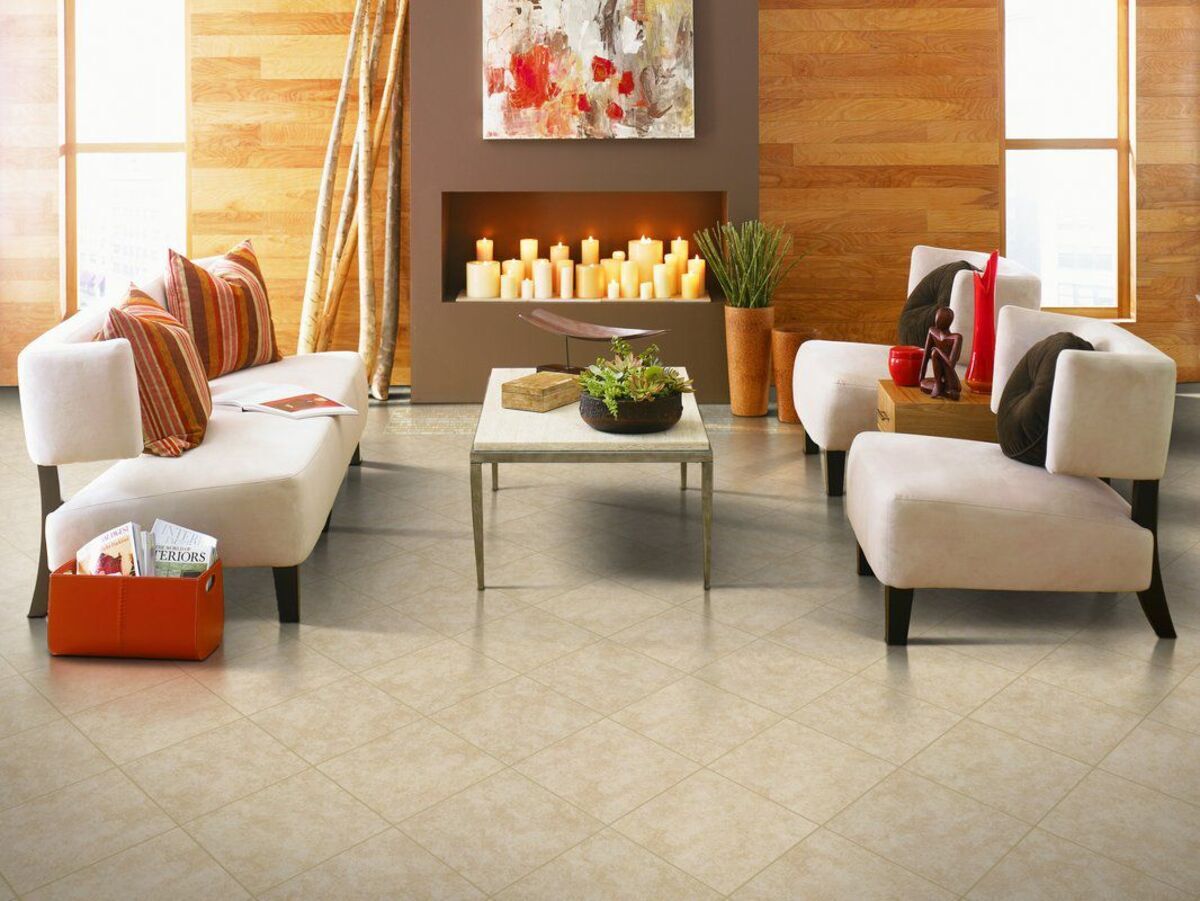

Articles
How To Select Tiles For Living Room
Modified: May 6, 2024
Discover the best techniques for selecting tiles for your living room in this informative articles. Transform your space with the perfect tiles for your style and budget.
(Many of the links in this article redirect to a specific reviewed product. Your purchase of these products through affiliate links helps to generate commission for Storables.com, at no extra cost. Learn more)
Introduction
Choosing the right tiles for your living room can have a significant impact on the overall look and feel of the space. With so many options available in terms of size, color, material, and patterns, finding the perfect tiles can feel overwhelming. However, with some careful consideration and planning, you can select tiles that not only enhance the aesthetic appeal of your living room but also meet your practical needs.
In this article, we will guide you through the process of selecting tiles for your living room, taking into account different factors such as the size of the room, style and theme, color, materials, patterns, maintenance, durability, and budget. By considering these aspects, you will be able to make an informed decision that reflects your personal style and ensures a visually stunning and functional living room.
Key Takeaways:
- Consider the size, style, and color of your living room when selecting tiles to create a visually stunning and balanced space that reflects your personal taste and desired ambiance.
- Seek professional advice to optimize your budget, access unique tile options, and benefit from expert knowledge, ensuring a successful tile selection and installation process.
Read more: Which Tile Is Best For Living Room Floor
Consider the size of the living room
When selecting tiles for your living room, it’s crucial to consider the size of the space. The size of the room will influence the type of tiles you choose and the patterns you can incorporate. Here are a few important points to keep in mind:
- Large tiles for small rooms: If your living room is on the smaller side, opting for larger tiles can create an illusion of a bigger space. Large tiles minimize the number of grout lines, creating a seamless look that visually expands the room.
- Small tiles for large rooms: Conversely, if you have a spacious living room, you can experiment with smaller tiles to add more visual interest. Mosaic tiles or smaller format tiles can be used to create intricate patterns or to define specific zones within the room.
- Tile layout: Consider the layout of the tiles based on the room’s dimensions. For example, in a narrow living room, consider using tiles in a vertical pattern to create the illusion of height. In a square or rectangular room, diagonal tile placement can add a dynamic and visually appealing touch.
- Grout color: The color of the grout is also important to consider. If you prefer a seamless look, choose a grout color that matches or closely blends with the tiles. Alternatively, opting for a contrasting grout color can add a unique and eye-catching element to the room.
By taking into account the size of your living room and making strategic choices in terms of tile size, layout, and grout color, you can enhance the overall visual proportion and create a space that feels balanced and inviting.
Determine the style and theme
Before selecting tiles for your living room, it’s important to determine the style and theme you want to achieve. The style and theme will set the tone for the entire room and help guide your tile selection process. Here are some tips to help you determine the style and theme:
- Consider your personal taste: Think about your own personal style and what appeals to you. Do you prefer a modern and minimalist look, or are you more drawn to a rustic and natural aesthetic? Understanding your own preferences will give you a starting point for selecting tiles that align with your taste.
- Take inspiration from the existing decor: Look at the overall design and decor of your living room. Consider the furniture, colors, and accessories already in the space. Are there specific patterns, textures, or colors that you can incorporate into your tile selection? Finding inspiration within your existing decor can help create a cohesive and harmonious look.
- Research different design styles: Explore different design styles and themes to find the one that resonates with you. Whether it’s a contemporary, traditional, eclectic, or industrial style, understanding the characteristics of each style will narrow down your options and make the selection process easier.
- Consider the overall ambiance: Think about the mood and ambiance you want to create in your living room. Do you want a cozy and intimate feel, or a bright and airy atmosphere? Different tile materials, colors, and finishes can help evoke specific moods, so keep this in mind when making your selections.
By determining the style and theme of your living room, you can narrow down your tile options to ones that align with the overall aesthetic you want to achieve. This will ensure a cohesive and visually pleasing space that reflects your personal style and creates the desired ambiance in your living room.
Choose the right color
The color of the tiles plays a crucial role in the overall look and feel of your living room. The right color can enhance the space, create a specific mood, and tie together the different elements of the room. Here are some key considerations when choosing the color of your tiles:
- Consider the existing color scheme: Take into account the colors already present in your living room, such as the walls, furniture, and accessories. The tile color should complement and harmonize with these existing elements to create a cohesive and visually appealing space.
- Light vs. dark: Light-colored tiles can make a small living room appear more spacious and airy, while dark-colored tiles can create a cozy and intimate atmosphere. Consider the natural light in the room and the overall mood you want to achieve when choosing between light or dark tiles.
- Neutral or bold: Neutral-colored tiles, such as whites, grays, and beiges, offer versatility and can easily adapt to different design styles. On the other hand, bold and vibrant colors can make a bold statement and become a focal point in the room. Decide whether you want the tiles to blend in or stand out.
- Texture and pattern: Some tiles come in textured or patterned designs, adding depth and visual interest to the space. Consider whether you want to introduce texture or patterns through the tile color, and how it will contribute to the overall design aesthetic of your living room.
- Longevity: It’s worth considering the long-term appeal of the tile color. While trendy colors may be appealing at the moment, they may become outdated over time. Opting for timeless and classic colors can ensure that your living room maintains a fresh and timeless look for years to come.
Remember, the color of your tiles should not only be visually pleasing, but also reflect your personal style and create the desired atmosphere in your living room. Take your time to explore different color options, gather samples, and visualize how they will look in your space before making a final decision.
Explore different tile materials
When selecting tiles for your living room, the material you choose will greatly influence the overall look, durability, and maintenance of the flooring. Each material has its own unique characteristics and benefits. Here are some popular tile materials to consider:
- Ceramic: Ceramic tiles are a popular choice for living rooms due to their versatility and affordability. They come in a wide variety of colors, patterns, and finishes, and are relatively easy to maintain. However, they may be less durable than some other options.
- Porcelain: Porcelain tiles are known for their durability, making them suitable for high-traffic areas like living rooms. They are highly resistant to stains, water, and fading, making them a great choice for families with children or pets. Porcelain tiles also come in a wide range of styles and finishes.
- Natural stone: Natural stone tiles, such as marble, granite, or travertine, add a touch of elegance and luxury to any living room. Each stone has its own distinct characteristics and variations, creating a unique and timeless look. Keep in mind that natural stone requires regular maintenance and sealing to keep it in pristine condition.
- Porcelain wood look tiles: If you love the look of hardwood floors but want the durability of tile, porcelain wood look tiles are an excellent option. These tiles mimic the appearance of wood flooring and are available in various colors and textures. They provide the warmth and beauty of wood with the added benefits of tile.
- Glass: Glass tiles are a great choice for adding a touch of sophistication and modernity to your living room. They come in a range of colors and finishes and can be used as accent tiles or for creating intricate mosaic patterns. Keep in mind that glass tiles may require more maintenance to keep them looking their best.
Each tile material has its own unique aesthetic and practical characteristics. Consider your personal style, lifestyle, and the overall design of your living room when exploring the different materials. It’s also worth visiting tile showrooms to see and feel the texture and appearance of the materials in person before making a final decision.
When selecting tiles for a living room, consider the size of the room, the amount of foot traffic, and the overall design aesthetic. Larger tiles can make a small room appear larger, while textured tiles can add visual interest and prevent slipping.
Read more: How To Select The Perfect Dining Room Table?
Decide on the tile pattern
The pattern of the tiles can greatly enhance the visual appeal of your living room. It allows you to create a unique design statement and add a sense of personality to the space. Here are some popular tile patterns to consider:
- Straight lay: Also known as a grid pattern, the straight lay is the most common and straightforward tile pattern. Tiles are aligned in straight rows and columns, creating a clean and simple look. This pattern works well with any size and shape of tiles.
- Diagonal: In the diagonal pattern, tiles are laid at a 45-degree angle, creating a sense of movement and visual interest. This pattern works best with square or rectangular tiles and is ideal for elongating or widening the appearance of the room.
- Herringbone: The herringbone pattern is created by laying rectangular tiles in a zigzag pattern, resembling the bones of a fish. This pattern adds a touch of elegance and sophistication to the living room, and can even be achieved with wood-look tiles for a unique twist.
- Checkerboard: The checkerboard pattern is a classic and timeless choice. It involves alternating tiles of two contrasting colors, creating a bold and visually striking look. This pattern works well with square tiles and can add a touch of retro charm to your living room.
- Basketweave: The basketweave pattern creates a woven effect that adds texture and depth to the floor. It involves pairs of rectangular tiles laid in a crisscross pattern. This pattern works well with both square and rectangular tiles and lends a contemporary yet timeless aesthetic.
When deciding on the tile pattern for your living room, consider the size of the tiles, the shape of the room, and the overall style you want to achieve. Experimenting with different patterns can help you find the one that best complements your living room’s design and adds a unique visual impact.
Consider the maintenance and durability
When choosing tiles for your living room, it’s essential to consider their maintenance requirements and durability. These factors will determine how well your tiles will withstand daily wear and tear and how easy they are to clean and maintain. Here are some key points to consider:
- Durability: Assess the durability of the tile materials in relation to the level of foot traffic in your living room. If you expect high traffic, consider materials like porcelain or natural stone, which are known for their resilience and ability to withstand heavy use. These materials are less prone to scratches and chips.
- Stain resistance: Consider the porosity of the tiles and their resistance to stains. Porcelain tiles, for example, are highly resistant to stains and are an excellent choice for areas prone to spills or accidents. Natural stone tiles may require sealing to protect them from stains and spills.
- Scratch resistance: If you have pets or young children, scratch resistance becomes an important factor. Look for tiles that have a high resistance to scratches, such as porcelain or ceramic tiles with a durable glaze. Avoid materials that are prone to scratching, like softer stones or glass tiles.
- Maintenance: Consider the amount of maintenance required to keep the tiles looking their best. Some materials require regular sealing or special cleaning products, whereas others are low-maintenance and easy to clean. Assess how much time and effort you are willing to invest in tile maintenance.
- Longevity: Think about the longevity of the tiles. Investing in high-quality, durable materials may have a higher upfront cost but can save you money in the long run as they are less likely to require replacement or repairs. Consider the warranty offered by the tile manufacturer as an indication of their durability.
By considering the maintenance requirements and durability of the tiles, you can choose a material that suits your lifestyle and ensures that your living room floors remain looking beautiful and functional for years to come. Don’t hesitate to ask for recommendations from tile professionals or consult online resources for more information on the specific maintenance needs of different tile materials.
Set a budget for the tiles
Setting a budget for your tile selection is an important step in the process. It helps you narrow down your options and ensures that you stay within your financial limits. Consider the following factors when establishing your tile budget:
- Tile material: Different tile materials come with varying price ranges. Porcelain and natural stone tiles tend to be more expensive compared to ceramic or glass tiles. Consider the pros and cons of each material and determine which fits within your budget.
- Tile size and pattern: The size and pattern of the tiles can impact the overall cost. Larger tiles may require fewer tiles to cover the same area, potentially reducing the cost. Intricate patterns or custom designs may also add to the overall expense.
- Quantity: Assess the square footage of the living room and calculate how many tiles you will need. This will give you an estimate of the quantity required and allow you to budget accordingly. Remember to account for extra tiles to have on hand for future repairs or replacements.
- Installation costs: Don’t forget to factor in the cost of installation. If you plan on hiring professionals to install the tiles, obtain quotes from various contractors to determine the average cost. Keep in mind that complex patterns or irregular room shapes may require additional labor, impacting the overall cost.
- Additional materials: Consider any additional materials needed for the tile installation, such as adhesive, grout, and any necessary tools. These costs should be factored into your budget to ensure accurate planning.
It’s important to strike a balance between your desired tile aesthetic and your budget. Consider prioritizing areas where the tiles will have the most impact, such as the main living space, and explore cost-effective alternatives for less prominent areas. Additionally, don’t forget to account for any ongoing maintenance costs when setting your budget.
By setting a realistic budget and understanding the cost implications of different factors, you can make informed decisions and find tiles that meet both your design preferences and financial requirements.
Seek professional advice if needed
While selecting tiles for your living room can be an exciting process, it can also be overwhelming, especially if you’re unsure about certain aspects or facing design dilemmas. Seeking professional advice can provide valuable insights and help you make well-informed decisions. Here are some reasons why seeking professional advice can be beneficial:
- Expert knowledge: Tile professionals have in-depth knowledge and expertise in the industry. They can offer valuable advice on tile materials, design possibilities, and installation techniques. Their experience can prevent costly mistakes and ensure that you select tiles that are suitable for your specific needs and preferences.
- Design guidance: If you’re unsure about the overall design direction or how to incorporate different tile patterns and colors, a design professional can provide guidance. They can help you create a cohesive design scheme that suits your style and complements your living room’s existing aesthetic elements.
- Budget optimization: Professionals can help you optimize your budget by suggesting cost-effective alternatives and working within your financial constraints. They can guide you towards affordable options without compromising on quality or style.
- Technical expertise: Tile installation requires a certain level of technical skill and knowledge. Professionals are trained in proper installation techniques, ensuring that the tiles are laid correctly and securely. They can handle any challenges that may arise during the installation process.
- Access to resources: Professionals often have access to a wide range of tile suppliers and materials. They can help you source unique and high-quality tiles that may not be easily available to the general public. They may also have connections with contractors who can provide professional installation services.
Whether you consult with an interior designer, tile specialist, or contractor, seeking professional advice can provide valuable insights and ensure a successful tile selection and installation process. They can help you navigate through the various choices and make decisions that align with your vision and goals for the living room.
Don’t hesitate to reach out to professionals early on in the process to benefit from their expertise and guidance. Their knowledge and assistance can help transform your living room into a beautiful and functional space that you will love for years to come.
Read more: Why Is A Living Room Called A Living Room
Conclusion
Selecting the right tiles for your living room is a process that requires careful consideration and attention to detail. By considering factors such as the size of the room, style and theme, color, materials, patterns, maintenance, durability, and budget, you can make informed decisions that result in a stunning and functional living space.
Remember that the size of the living room can influence the choice of tile size and layout, creating the illusion of space or adding visual interest. Determining the style and theme helps create a cohesive and harmonious design that reflects your personal taste and complements the existing decor.
Color selection sets the mood and atmosphere of the living room, whether you prefer a light and airy feel or a bold and dramatic statement. Exploring different tile materials allows you to find the perfect balance between aesthetics and practicality, considering factors such as durability, stain resistance, and maintenance requirements.
The tile pattern adds character and visual appeal to the space, whether you opt for a classic straight lay, a dynamic diagonal pattern, or an intricate herringbone design. Setting a budget helps to narrow down options and ensures that you find tiles that meet both your design preferences and financial constraints.
Lastly, seeking professional advice can provide valuable expertise, guidance, and access to resources, helping you navigate through the selection process and achieve the desired result. Professional input ensures that you make informed decisions and avoid costly mistakes.
With careful consideration of these factors and the guidance provided in this article, you have the tools you need to select tiles that will transform your living room into a space that reflects your personal style, enhances functionality, and captivates all who enter.
Curious about more than just living room tiles? If you're considering a kitchen update, the perfect flooring options can transform the space. Whether you prefer sleek modern aesthetics or traditional charm, delve into our guide for insights. For those embarking on broader home renovations, choosing the right hardwood floors is essential. Our article provides a comprehensive look at the best options to elevate every room's appeal, blending durability with style seamlessly.
Frequently Asked Questions about How To Select Tiles For Living Room
Was this page helpful?
At Storables.com, we guarantee accurate and reliable information. Our content, validated by Expert Board Contributors, is crafted following stringent Editorial Policies. We're committed to providing you with well-researched, expert-backed insights for all your informational needs.
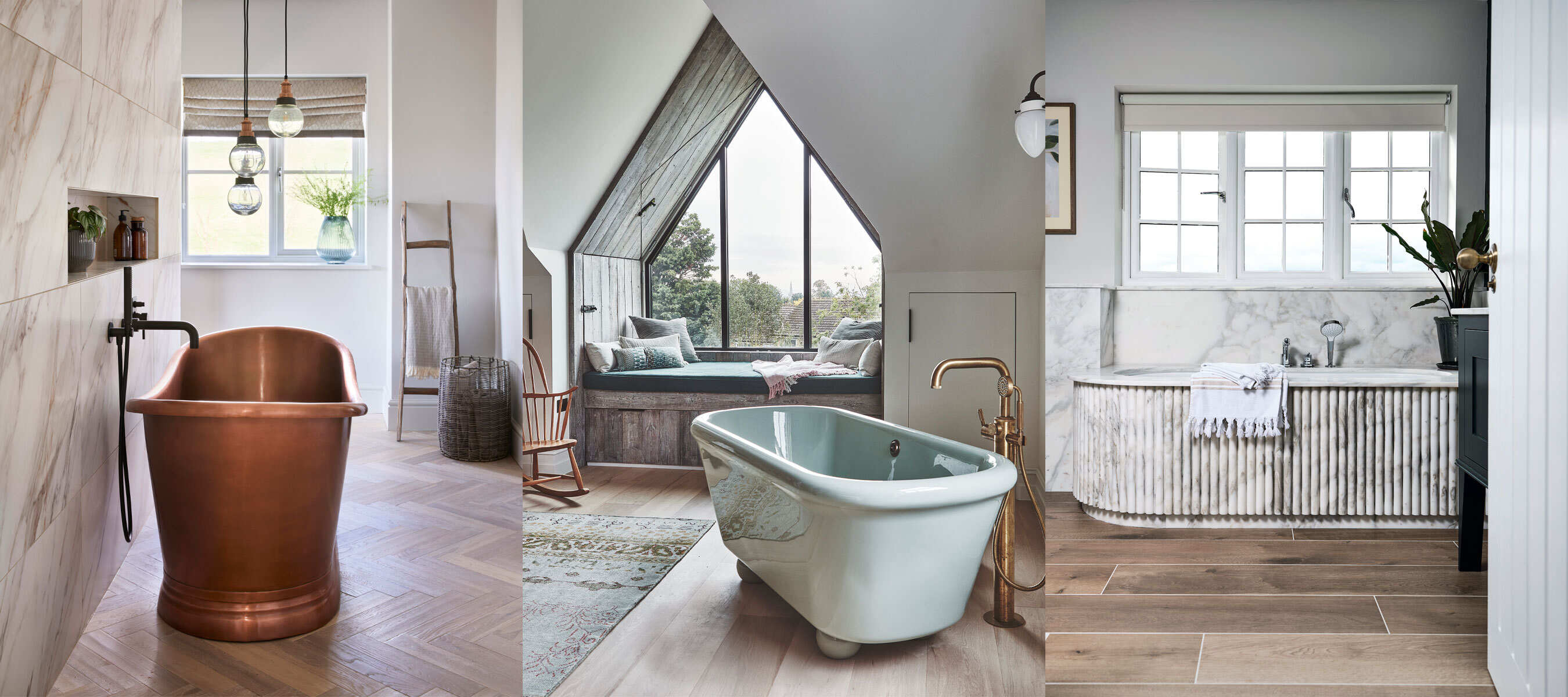






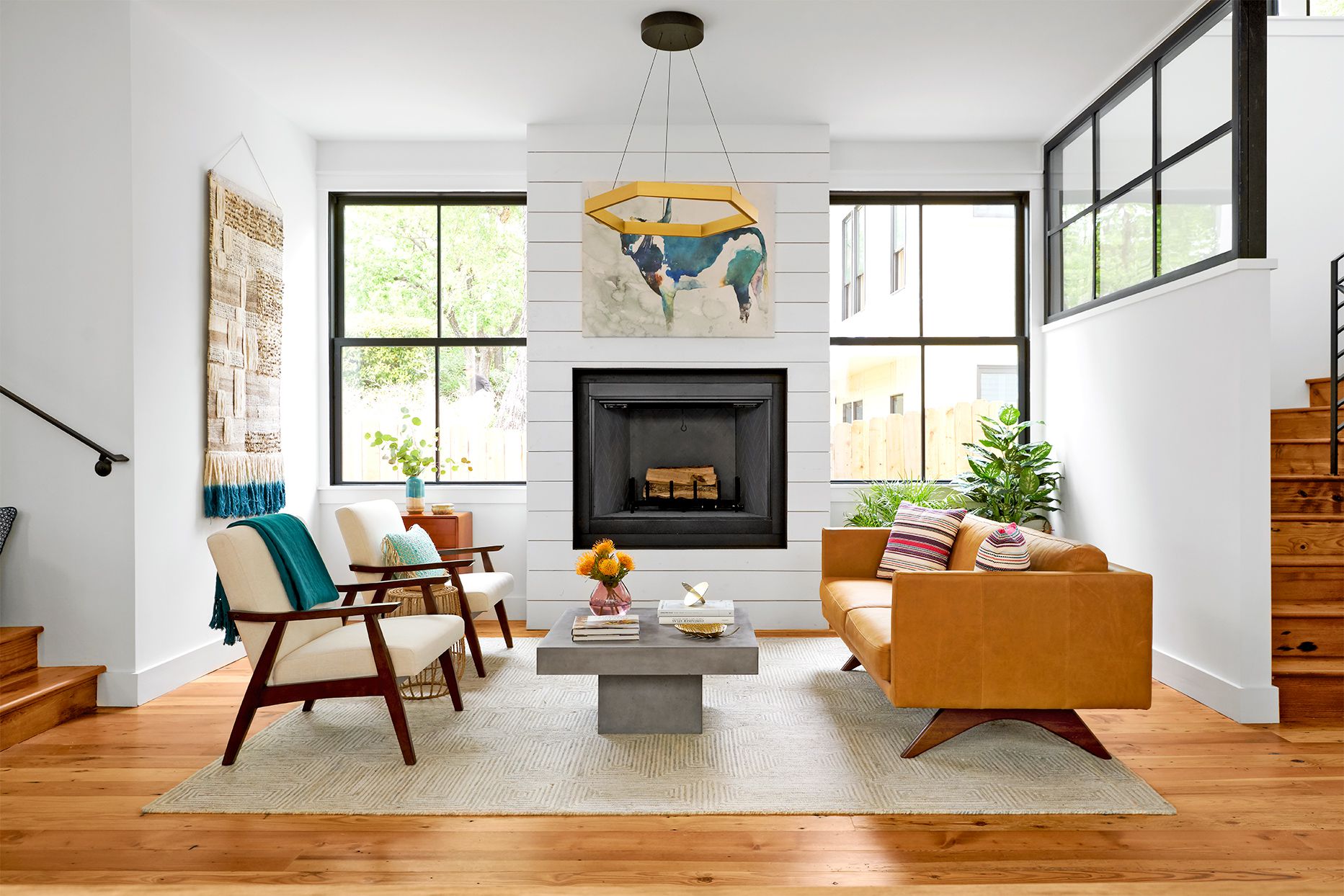
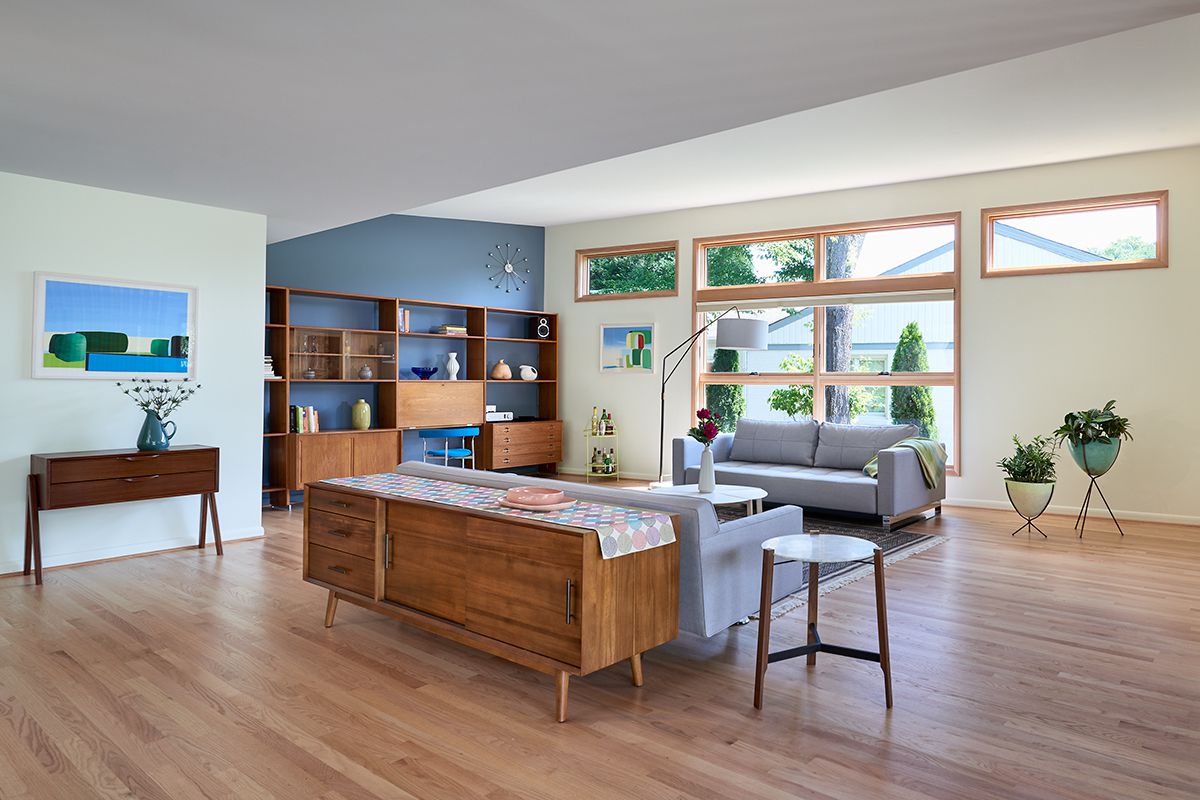
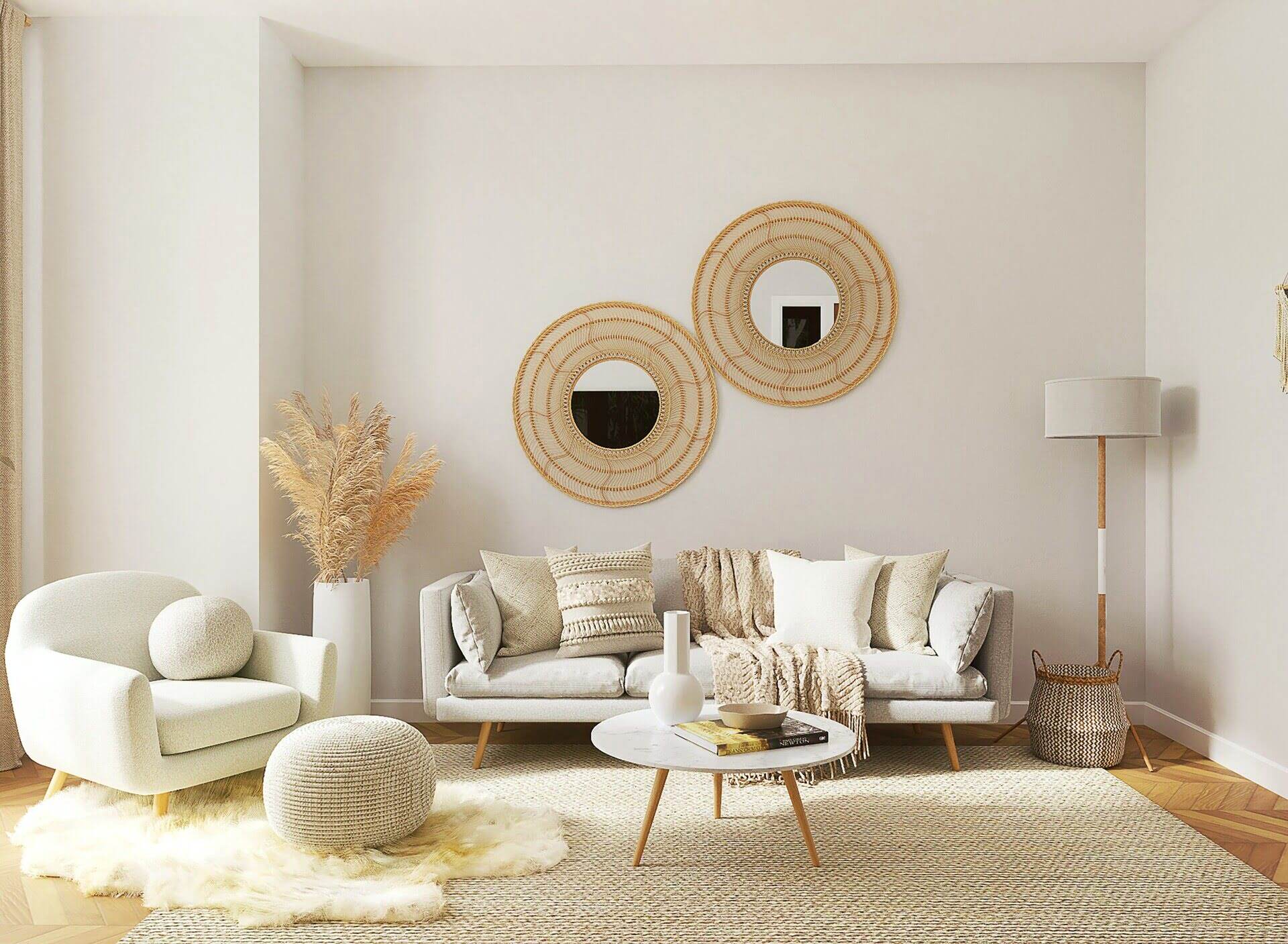
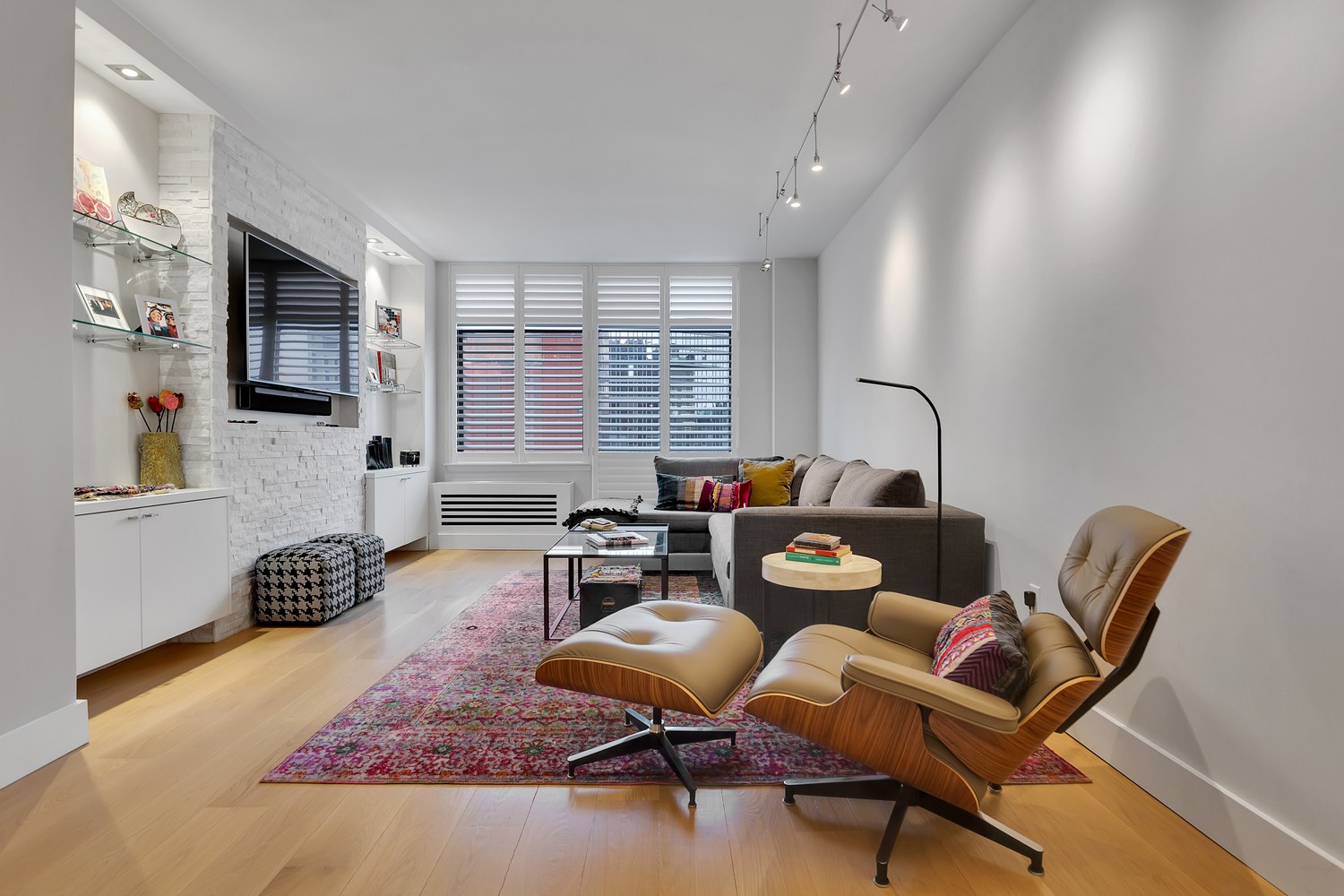



0 thoughts on “How To Select Tiles For Living Room”